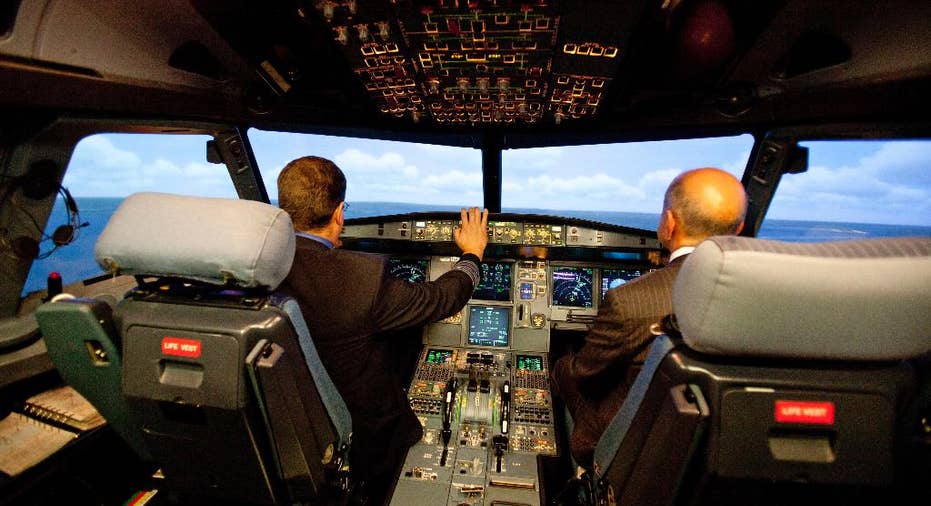No price tag, end date for FAA's air traffic control plan

The Federal Aviation Administration has little to show for a decade of work on modernizing air traffic control, and faces barriers and billions more in spending to realize its full benefits, says a report released Tuesday by a government watchdog.
The FAA estimates it will spend a total $5.7 billion to finish its current work on six "transformational" technology programs at the heart of its NextGen modernization effort, said the report by the Department of Transportation's inspector general. But the agency's current efforts don't fully implement the programs, and there are no timetables or cost estimates for completion.
The FAA has sold the six transformational programs to Congress and the public "as core efforts that would fundamentally change the way the agency would manage air traffic, communicate with pilots, and exchange data with airspace users," Matthew Hampton, assistant inspector general for aviation, said in the report. "However, our review has found that, at least until 2020, most of the transformational programs will not transform how air traffic is managed."
Moreover, there has been "significant ambiguity both within FAA and the aviation community about expectations for NextGen," including the ability of core programs to deliver important new capabilities, the report said.
Congress has provided $7.4 billion for NextGen overall, not just the core programs, since 2003, according to the inspector general.
Congressman Bill Shuster, R-Pa., the House transportation committee chairman, seized upon the report to renew his call for taking air traffic control operations away from the FAA and entrusting them to a private, non-profit corporation.
The inspector general's report shows "that the FAA's original vision for NextGen is not what is being implemented today," Shuster said. "Instead of fundamentally changing how air traffic is managed, the agency's efforts have shifted to replacing and updating decades-old equipment and systems."
Most of the airline industry has made privatizing air traffic control their top legislative goal — with Shuster as their champion. They have the support of the National Air Traffic Controllers Association, the union that represents controllers. Paul Rinaldi, the union's president, said controllers have lost faith in FAA's modernization effort and want the new air traffic tools they see in use in other countries like Canada, which has privatized air traffic operations.
Most Democrats, other FAA unions and segments of the aviation industry, like business aircraft operators, are opposed to privatization.
"The inspector general's report at most faults the FAA for describing NextGen programs as 'transformational' when they really just improve how the FAA manages air traffic," said Rep. Peter DeFazio of Oregon, the senior Democrat on the transportation committee.
It is far from clear that privatizing the air traffic control system would expedite NextGen and address the issues raised in the inspector general's report, he said.
The report questions whether airlines and private aircraft operators will equip their planes by 2020, as the FAA has mandated, with the first phase of the most important NextGen technology, known as "ADS-B out." The technology enables an aircraft to determine its position through satellite navigation and periodically broadcast its position. The technology is more precise than radar and would replace radar as the primary method for tracking aircraft.
Even if operators meet that deadline, the FAA has yet to set equipment standards and a timetable for the next phase, known as "ADS-B in," which would enable pilots to receive altitude, heading, speed, and distance information from other planes. Thus, pilots would know where other planes are relative to their own plane. Without FAA standards, manufacturers can't produce the ADS-B in equipment for aircraft operators to purchase.
Another government watchdog, the General Accounting Office, also released a report Tuesday that discusses lessons learned from other countries that have split air traffic control operations off from their aviation safety regulators, as well as potential impediments aviation experts and air traffic system users see to such a scheme. One of the problems identified in the report is coordination between an air traffic control corporation and the U.S. military.
___
Follow Joan Lowy at http://twitter.com/AP_Joan_Lowy. Her work can be found at http://bigstory.ap.org/content/joan-lowy